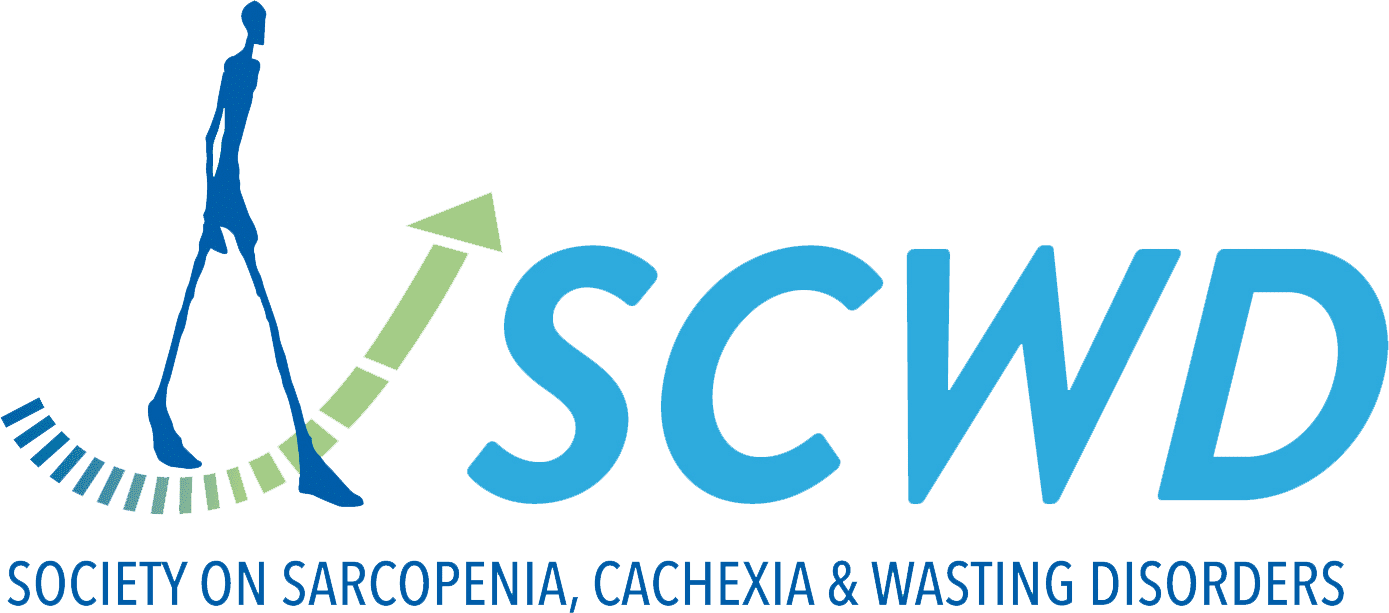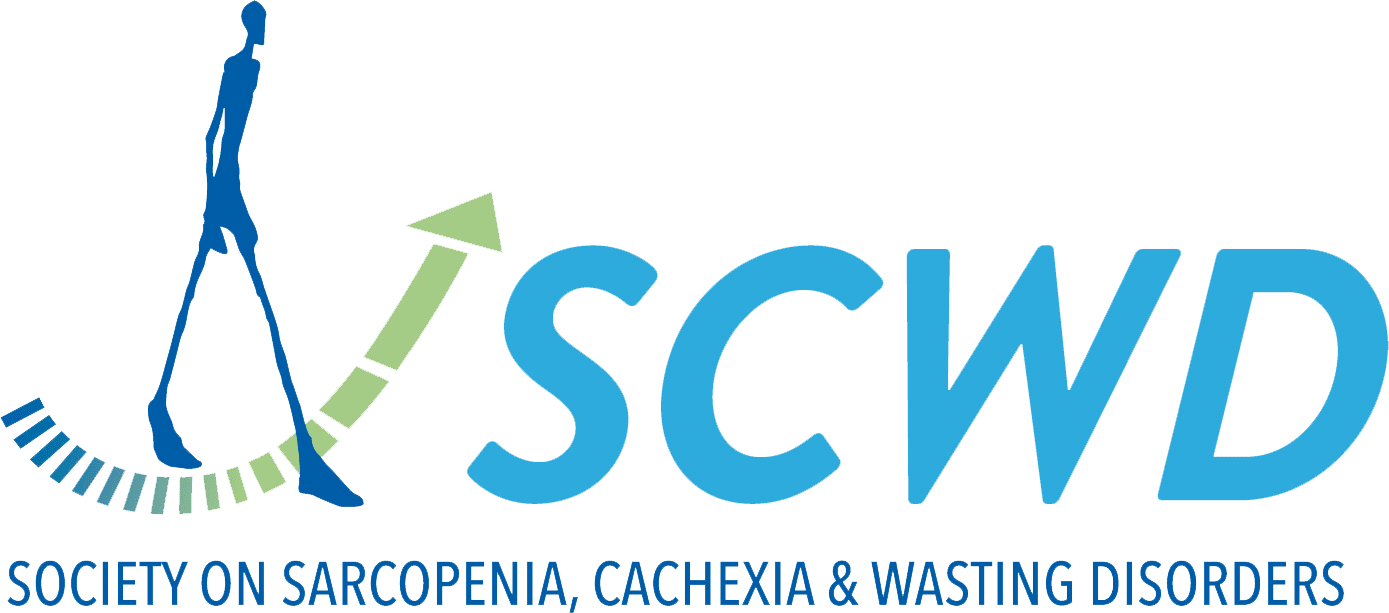Adipose-Derived Extracellular Vesicles and Intercellular Crosstalk With Skeletal Muscle: Implications for Sarcopenic Obesity and Metabolic Dysregulation.
Sarcopenic obesity, characterized by the concurrent presence of excess adiposity and diminished skeletal muscle mass and function, is closely linked to frailty, chronic inflammation, and insulin resistance. The increasing prevalence of sarcopenic obesity is driven by the global aging population,...


